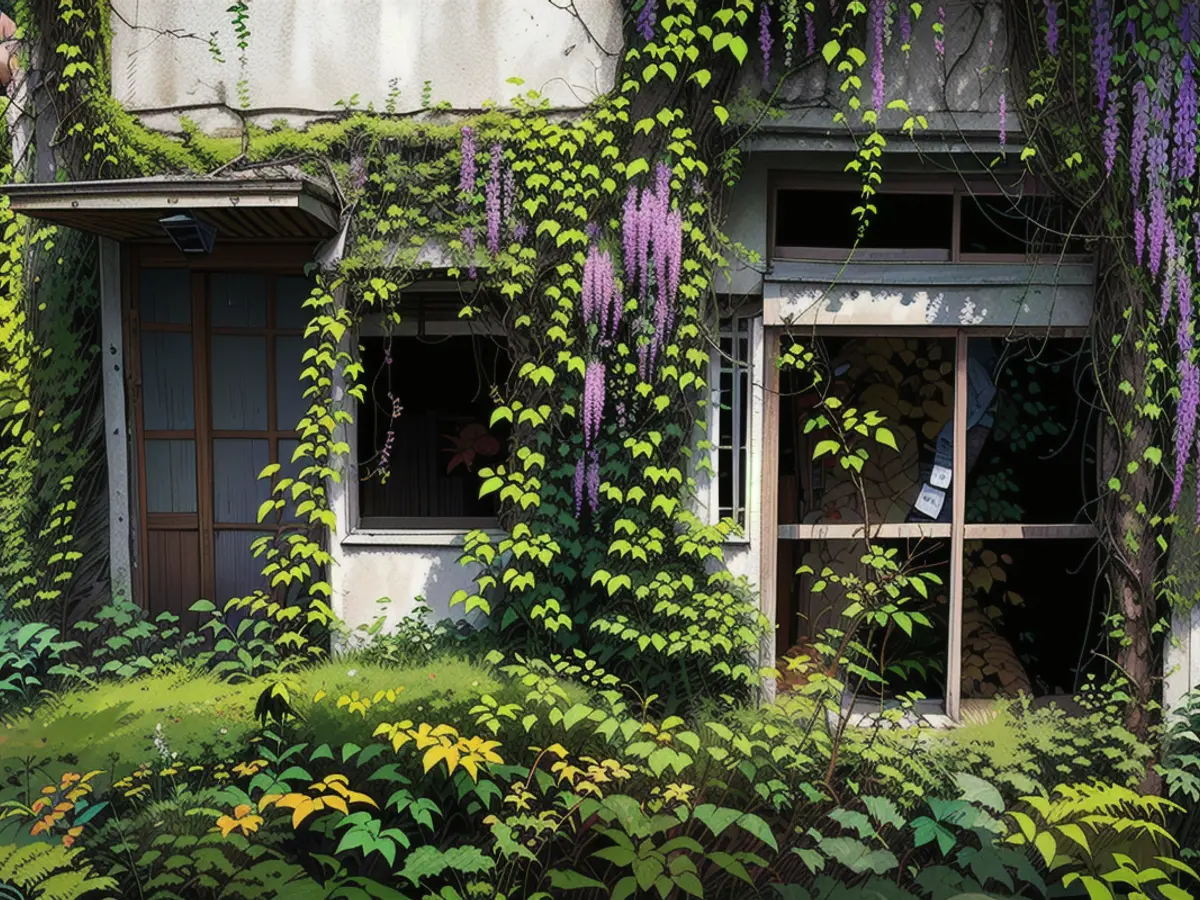Japan's housing surplus: Not enough people to fill too many homes
Japanese silent homes, colloquially known as "akiya," are no longer restricted to rural areas - they're popping up in major cities like Tokyo and Kyoto. This is a massive concern for a government currently tackling a plummeting populace and a troubling decrease in birth rates.
"This is a symptom of Japan's population decline," claims Jeffrey Hall, a professor at Kanda University of International Studies in Chiba. "It's not really a problem of excessive housing but a problem of insufficient population."
Out of Japan's entire residential property, 14% lies vacant. This includes second homes and ones caringly overlooked by temporary or overseas workers. They're not all falling apart like the traditional akiya; these empty dwellings present a cornucopia of issues for the government and communities, specialists disclosed to CNN.
These include confronting the arduous process of rekindling decaying towns, posing potential risks due to neglect, and jeopardizing rescuers during earthquakes and tsunamis, both common in the country.
A Kiplingesque Quandary
Akiya frequently pass through multiple generations, yet due to Japan's declining fertility, many are left without an heir. Youngers often migrate to cities, favoring urban life over returning to their rural roots.
Moreover, in case of unclear ownership from poor record maintenance, the process of revitalizing rural communities faces substantial hurdles, potentially thwarting initiatives to entice younger folks or investors.
Additionally, under Japan's tax policies, some owners consider retaining the home more economical than demolishing it for redevelopment. Should they wish to sell, a task becomes onerous since buyers are scarce, said Hall from Kanda University.
"The truth is a majority of these homes won't be purchased by foreigners, and the administrative work to handle it, the hoops to jump through, and Japanese language literacy make it unfeasible for non-Japanese speakers."
Empty Nests

By 2023, Japan's population dwindled to 125.4 million people, a dip of over 800,000. A year earlier, the number of births plummeted in its eighth successive year, smashing a record low. The fertility rate hasn't hit 2.1, a minimum requirement for a stable population, and Japan's Ministry of Internal Affairs and Communications reported a record low of around 14 million children under 15 as of April 1.
This situation between too many homes and too few people seems here to stay.
Yuki Akiyama, a professor from Tokyo City University's Faculty of Architecture and Urban Design, discussed issues from past earthquakes in the Noto Peninsula, Ishikawa Prefecture. The disaster zone was fraught with akiya, which endangered residents during the calamity and obstructed reconstruction efforts.
"When an earthquake or tsunami strikes, there's a danger that akiya may impede evacuation routes as they crumble and collapse," he said.
In the wake of the earthquake, authorities faced difficulties determining which damaged houses could be salvaged due to tenuous ownership, stagnating development efforts.
Akiyama designed an AI system to predict akiya's greatest risks, yet highlighted that the issue isn't confined to Japan - it's also plaguing the US and certain European countries.
However, he emphasized, Japan's architectural heritage and cultural scene exacerbate the situation. "In Japan, homes aren't valued simply for their longevity, unlike in the West, where there's a fondness for historical buildings."
"Newer houses in Japan fetch higher prices, so the value of an area with a high concentration of akiya is degraded because they're houses you can't sell easily and can't execute massive development projects."
Read also:
- This will change in December
- Dikes withstand water masses so far - Scholz holds out the prospect of help
- Fireworks and parties ring in 2024 - turn of the year overshadowed by conflicts
- Attacks on ships in the Red Sea: shipping companies avoid important trade route
Despite Japan's housing surplus being a concern in urban areas like Tokyo and Kyoto, it's primarily an issue of population decline rather than excessive housing. (Jeffrey Hall, Kanda University of International Studies)
This housing crisis in Japan extends beyond its borders, as many Asian nations also grapple with an aging population and vacant properties. (Yuki Akiyama, Tokyo City University's Faculty of Architecture and Urban Design)
Source: edition.cnn.com







